PDF-TITLE V Calculating Potential to Emit Under Ohio Envir
Author : conchita-marotz | Published Date : 2015-06-08
Any physical or operational limitation on the capacity of a source to emit an air pollutant including air pollution control equipment and restriction on hours of
Presentation Embed Code
Download Presentation
Download Presentation The PPT/PDF document "TITLE V Calculating Potential to Emit Un..." is the property of its rightful owner. Permission is granted to download and print the materials on this website for personal, non-commercial use only, and to display it on your personal computer provided you do not modify the materials and that you retain all copyright notices contained in the materials. By downloading content from our website, you accept the terms of this agreement.
TITLE V Calculating Potential to Emit Under Ohio Envir: Transcript
Download Rules Of Document
"TITLE V Calculating Potential to Emit Under Ohio Envir"The content belongs to its owner. You may download and print it for personal use, without modification, and keep all copyright notices. By downloading, you agree to these terms.
Related Documents

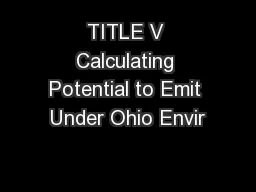
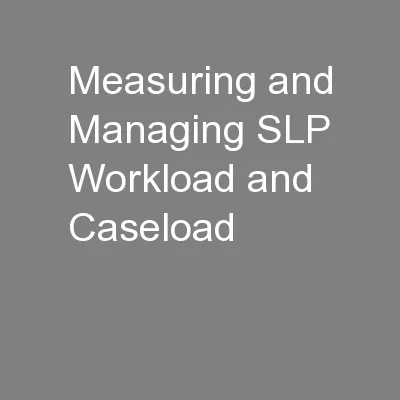
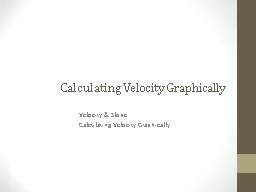
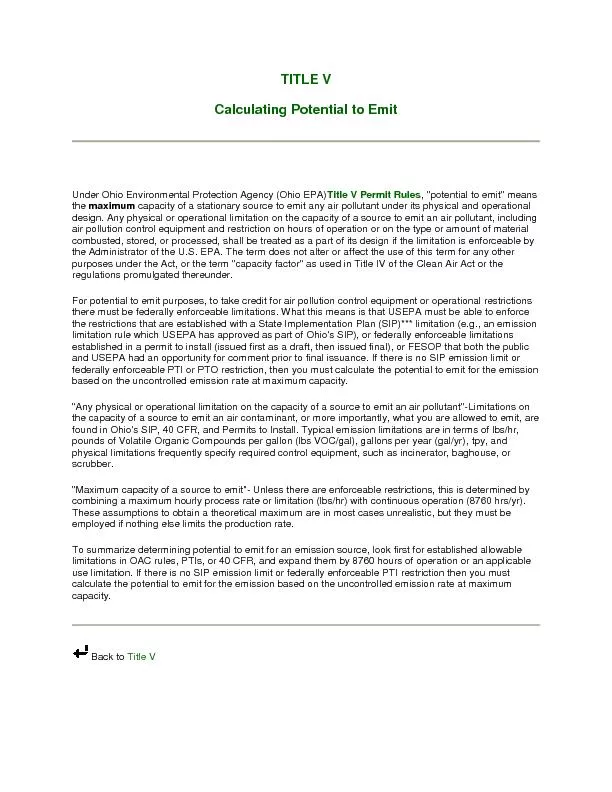
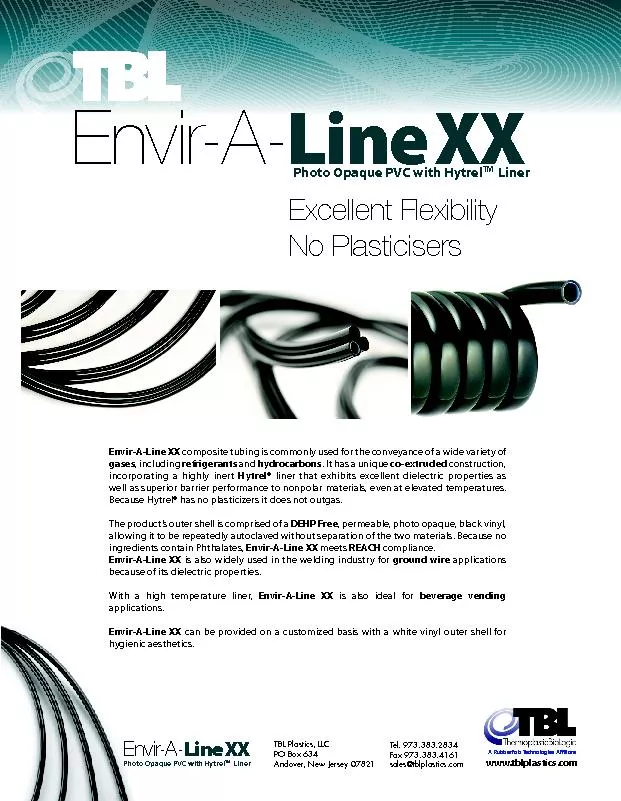
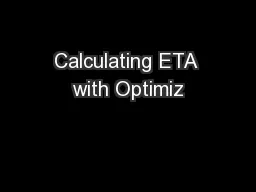

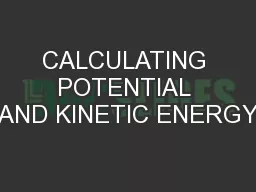
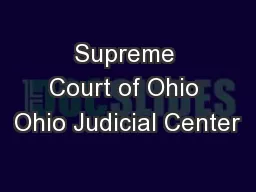
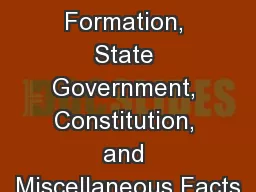


![[Cite as Lonero v. Lebanon Cor. Inst., 2009-Ohio-6359.]The Ohio Judici](https://thumbs.docslides.com/823646/cite-as-lonero-v-lebanon-cor-inst-2009-ohio-6359-the-ohio-judici.jpg)
